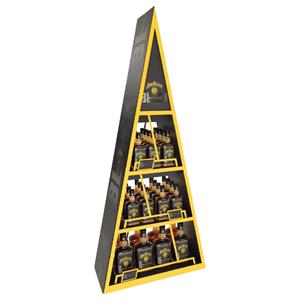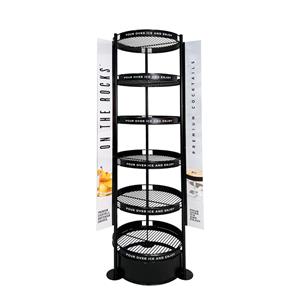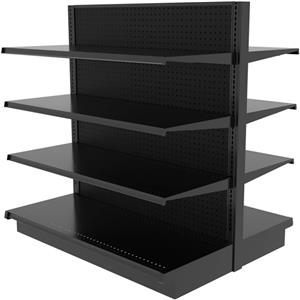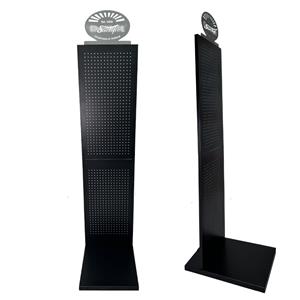Electronic Shelf Labels: The New Smart Store Clerks
Table of contents
1)Productivity Slows, Smart Labels Accelerate
2)Innovation Reborn: Retail Stores Quietly Evolve
3)Investing Wisely in Smart, Not Big
4)Data-Driven Retail: From Guessing to Knowing
5)Preparing for the Next Digital Retail Era
6)FAQ: Common Questions About Electronic Shelf Labels
7)Sintop Value
A Survival Guide for Smart Shelf Tags in a Slow-Moving Market Is productivity sluggish? Innovation stalled? Investment hesitant? Every industry is now scrambling to make the most of every penny, and the retail sector can't afford to lag behind! In times like these, electronic shelf labels, digital price tags, shelf labels, and electronic price tags—these "efficiency tools"—have transformed from "optional embellishments" into "timely lifesavers." They don't just make stores look "stylish"—more practically, they save store staff time from slacking off (not really), reduce the chance of "mispricing and customer complaints," and even eliminate the need to sit in front of the shelves to adjust prices. Faced with structural constraints that leave the economy struggling, these tools point retailers to a clear path: flexible and profitable—why not?

Productivity is "Strolling," But Electronic Shelf Tags are "Sprinting"
The European economy has been somewhat sluggish lately, with labor productivity moving at an alarmingly slow pace. Many retailers are tightening their belts, cutting back on new investments wherever possible. But consider this: when human labor can't be squeezed any further, shouldn't technology step in to "fill the gap"?
An electronic shelf label can transform the manual label-changing task, which used to require "store clerks running themselves ragged," into an automated operation with just a "click from the system." No more employees pushing carts through shelves changing paper labels; digital price tags, centrally managed, can be updated store-wide in the blink of an eye. These savings of several hours of labor each week, coupled with fewer pricing errors, are a godsend for budget-conscious stores.
Even small convenience stores now understand the true value of smart shelf labels – after all, customer complaints about incorrect pricing or sold-off items due to expired labels are far more expensive than buying a system. A synchronized set of electronic price tags ensures that shelf prices are perfectly aligned with POS machine data, giving customers peace of mind and reducing hassle for stores.
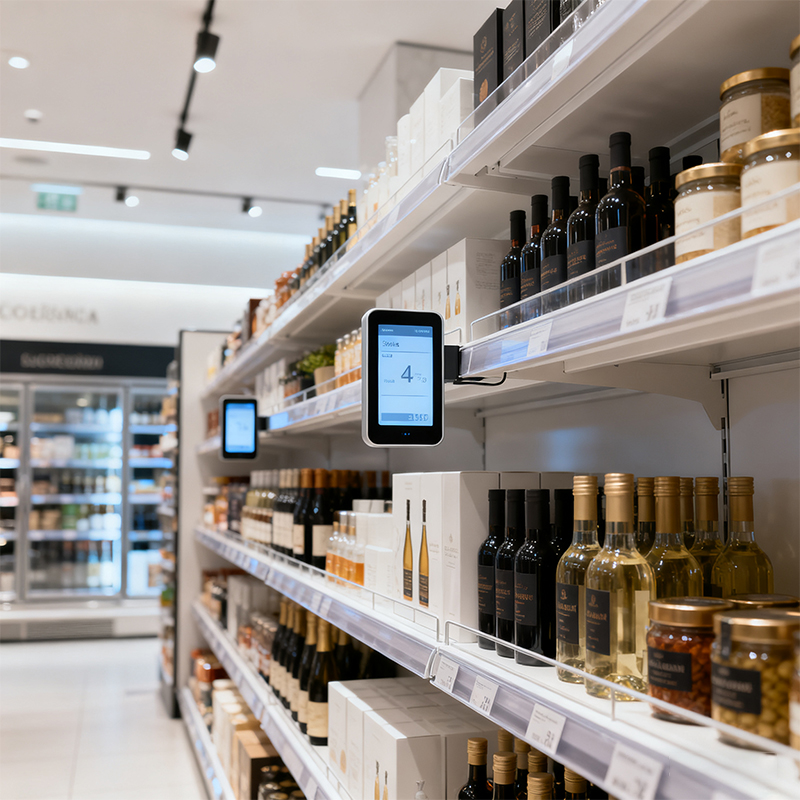
Innovation May Be "Dozing," But Retail Stores Are "Quietly Exerting Their Power"
Economists often lament that "innovation is losing its edge," but retailers are proving them wrong! Electronic shelf labels are the kind of understated yet incredibly effective innovation – simple to look at, but incredibly powerful.
Today's digital price tags do more than just display prices – they can also include product details, QR codes, and even countdowns like "3 hours left on the promotion," turning every shelf into a "mini advertising space." The best part? These shelf labels are networked, allowing hundreds of stores to update simultaneously without any delays. While competitors are still sweating bullets tearing off paper labels and sticking on new ones, businesses using electronic price tags have already adjusted their prices and kept up with customer demand, making smarter profits.
Tired of Capital Investment? Choosing the "Smart" is More Reliable than the "Big"
When capital budgets shrink, smart business owners know to invest in things that offer a quick return on investment. Electronic shelf labels hit this sweet spot—once installed, they save years of hassle, with remarkably low maintenance costs.
Some retailers used to hesitate about digital price tags, but now they've finally realized: these systems reduce employee overtime, paper purchases, and pricing errors, while keeping shelves looking neat and tidy—it's incredibly cost-effective!
Shelf labels, working wirelessly, also simplify store renovations. Want to rearrange shelves? No need to worry about wiring or reprinting a bunch of labels. With modern electronic price tags, thousands of tags can be updated simultaneously with a single remote click. This level of precision is a lifesaver if you want streamlined and error-free operations.
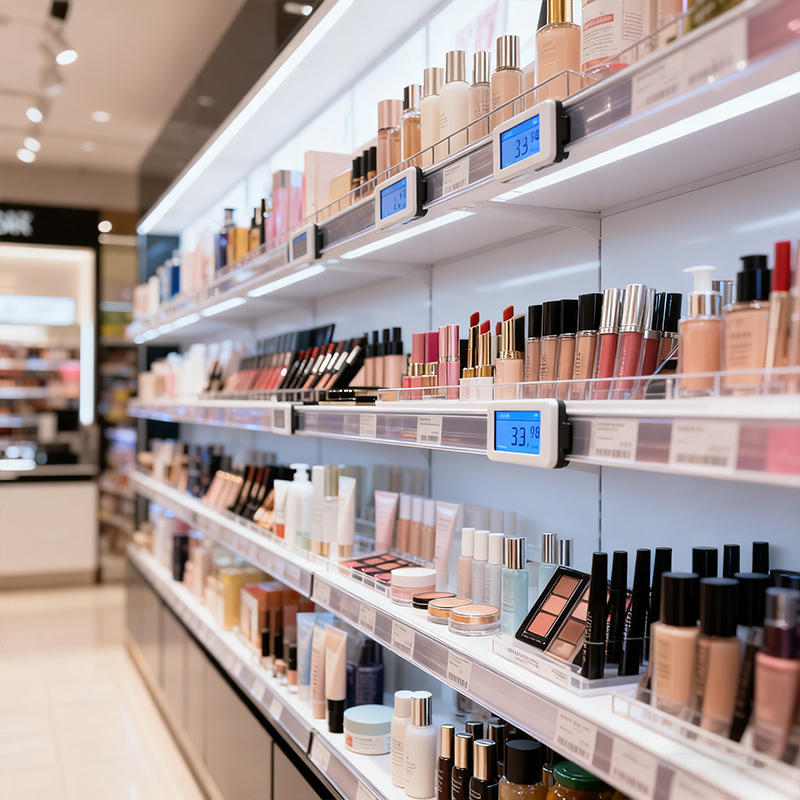
Smart Data Assists, Eliminating Guessing in Decision-Making
The capabilities of electronic shelf labels extend beyond simply displaying prices—they are even more powerful in collecting data. Connected to retail management software, digital price tags can tell you: how many times the price has changed, how quickly products are selling, and when customers are scrambling to buy them.
For store managers, this means making informed decisions without the headache of dealing with dense spreadsheets. Imagine: a set of shelf labels displays prices and tells you, "This item is selling well, it needs restocking"—how convenient! Electronic price tags can also synchronize promotions and inventory, eliminating the embarrassing situation of "customers coming to buy discounted items only to find they're out of stock." Simply put, they help you "work smarter, not more aimlessly"—a crucial skill in an era where productivity is stagnant.
Prepare in advance for the next round of retail transformation. Faced with increasingly stringent structural constraints, retailers need to be flexible to maintain their foothold. Investing in flexible and efficient tools like electronic shelf labels isn't about following a trend—it's about enabling stores to "withstand the pressure and go the distance."
Stores that switch to digital price tags often experience unexpected benefits: faster response to market changes, fewer errors, and even happier employees (who wouldn't be happy not having to squat on shelves changing labels?). Electronic shelf labels have a clean design and add a touch of "modernity" to stores, making them more appealing to customers and fostering greater trust. Furthermore, don't forget about environmental protection—electronic price tags use significantly less paper, aligning perfectly with the environmental goals of many retailers today.
The road ahead may not be paved by "rapidly increasing sales," but it will definitely rely on "digitalization"—preparing these tools in advance is always a good idea.
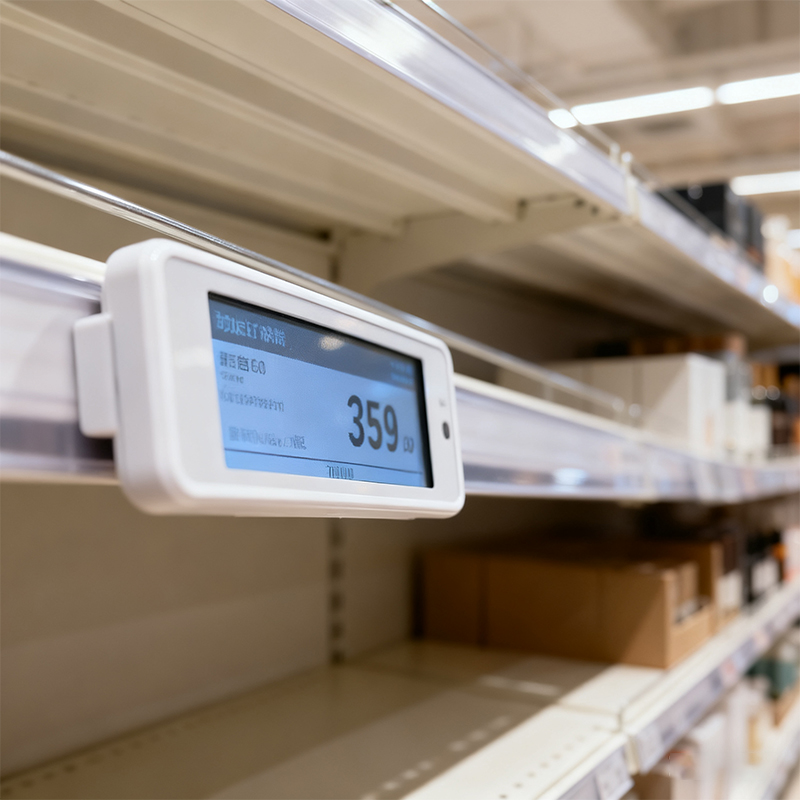
FAQ
Q1: Why are electronic shelf labels so important now?
Because when economic growth is slow, automation is the "fastest way to improve efficiency"! Electronic shelf labels save manpower and ensure accurate prices 24/7—they're incredibly reliable.
Q2: Are digital price tags expensive to install?
The initial costs are different, but most retailers know after doing the math that the savings in manpower, paper, and printing costs from digital price tags can be recouped quickly; it's not a "waste of money."
Q3: What's the difference between shelf labels and electronic price tags?
Traditional shelf labels are "static"—whatever's printed on them is what it is; while electronic price tags are "dynamic," connected to the internet, and automatically updated wirelessly—much more convenient.
Q4: How do these systems help with environmental protection?
No more paper labels! Electronic shelf labels and digital price tags save a lot of paper and even electricity used for printing, perfectly meeting environmental requirements.
Q5: Will this technology cause store employees to lose their jobs?
Absolutely not! It helps employees with their work. Employees no longer need to be constantly on the shelves changing shelf labels, allowing them to spend more time chatting with customers, helping them find items, and providing better service.
Conclusion: Even if productivity slows down and investment shrinks, the retail industry has regained its rhythm with smart tools. Electronic shelf labels, digital price tags, shelf labels, and electronic price tags are more than just a bunch of technologies—they are the new foundation for a more efficient and data-driven retail industry, enabling businesses to thrive even during economic downturns.
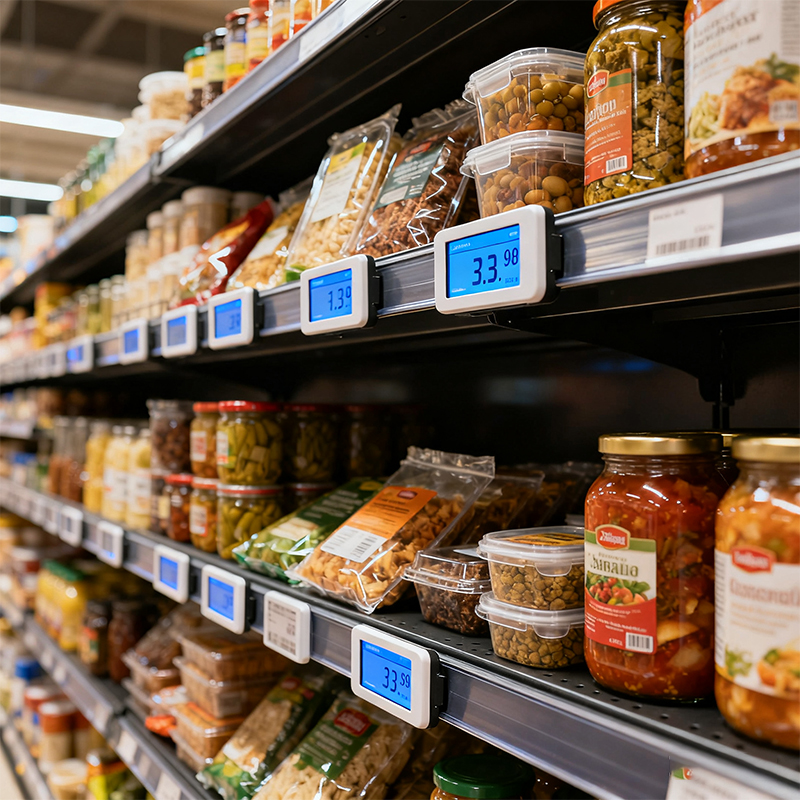
Sintop Value
At Sintop, we believe that technology should empower retail, not complicate it. By partnering with Fuzhou Soarfree Information Technology Co., Ltd., a pioneer in intelligent cloud media systems, we provide electronic shelf labels and digital price tag solutions that combine data precision with operational simplicity.
Our systems help retailers streamline pricing updates, reduce labor costs, and eliminate errors—while enhancing the customer experience. With energy-efficient designs and eco-friendly materials, our electronic price tags and shelf labels also support sustainable retail practices.
Sintop’s integration of intelligent display fixtures and smart labeling technologies turns every store shelf into a tool for real-time data insight, accurate pricing, and flexible layout design—helping retailers stay ahead in an evolving market.

Contact information
Website: www.sintopfixtures.com
Wechat/WhatsApp: +86 15980885084
Email: elly@xm-sintop.com
FAQ
1. What are store fixtures?
Store fixtures are essential equipment and furniture used in retail spaces to display, organize, and store merchandise. Examples include shelving units, racks, display cases, counters, and hooks.
2. Why are store fixtures important?
Store fixtures enhance the shopping experience by organizing products, improving accessibility, maximizing space, and creating appealing displays that attract customers and boost sales.
3. What types of store fixtures are commonly used?
Common types of store fixtures include:
Shelving Units(wall shelves, free-standing shelves, adjustable shelving)
Display Cases (glass cases, countertop cases)
Racks (clothing racks, display racks)
Counters (checkout counters, service counters)
Hooks and Pegboards
End Caps
Signage and Graphics
Mannequins
4. How do I choose the right store fixtures for my retail space?
Consider your merchandise type, store layout, and branding needs. Fixtures should be functional, complement your store's design, and fit within your budget. Evaluate your space to determine the best fixture types and configurations for optimal product presentation and customer flow.
5. Can store fixtures be customized?
Yes, many store fixtures can be customized to align with your store's branding and specific needs. Customization options include materials, colors, sizes, and designs. Collaborating with a fixture supplier or designer can help create fixtures that match your store’s style and functional requirements.
6. How can I maximize space with store fixtures?
Utilize fixtures that optimize vertical space, such as wall-mounted shelves and tall display racks. Modular and adjustable fixtures can adapt to changing merchandise or store layouts. Plan your store layout carefully to ensure efficient use of space and smooth customer flow.
7. How do I maintain store fixtures?
Regularly clean and inspect fixtures to ensure they remain in good condition. Check for wear and tear, and repair or replace damaged parts. Follow manufacturer guidelines for maintenance and cleaning to extend the lifespan of your fixtures.
8. Can store fixtures be used for different types of retail stores?
Yes, store fixtures can be adapted for various retail environments, including clothing stores, electronics shops, grocery stores, and more. The choice of fixtures depends on the specific needs and merchandise of the store.
9. How can store fixtures improve the customer experience?
Well-designed fixtures make products easy to find and browse, enhancing the overall shopping experience. Effective use of fixtures creates an organized, aesthetically pleasing environment that encourages customers to spend more time in the store.
10. Where can I purchase store fixtures?
Store fixtures can be purchased from specialized fixture suppliers, retail equipment stores, or custom fixture manufacturers. Online retailers and local suppliers also offer a wide range of options.

